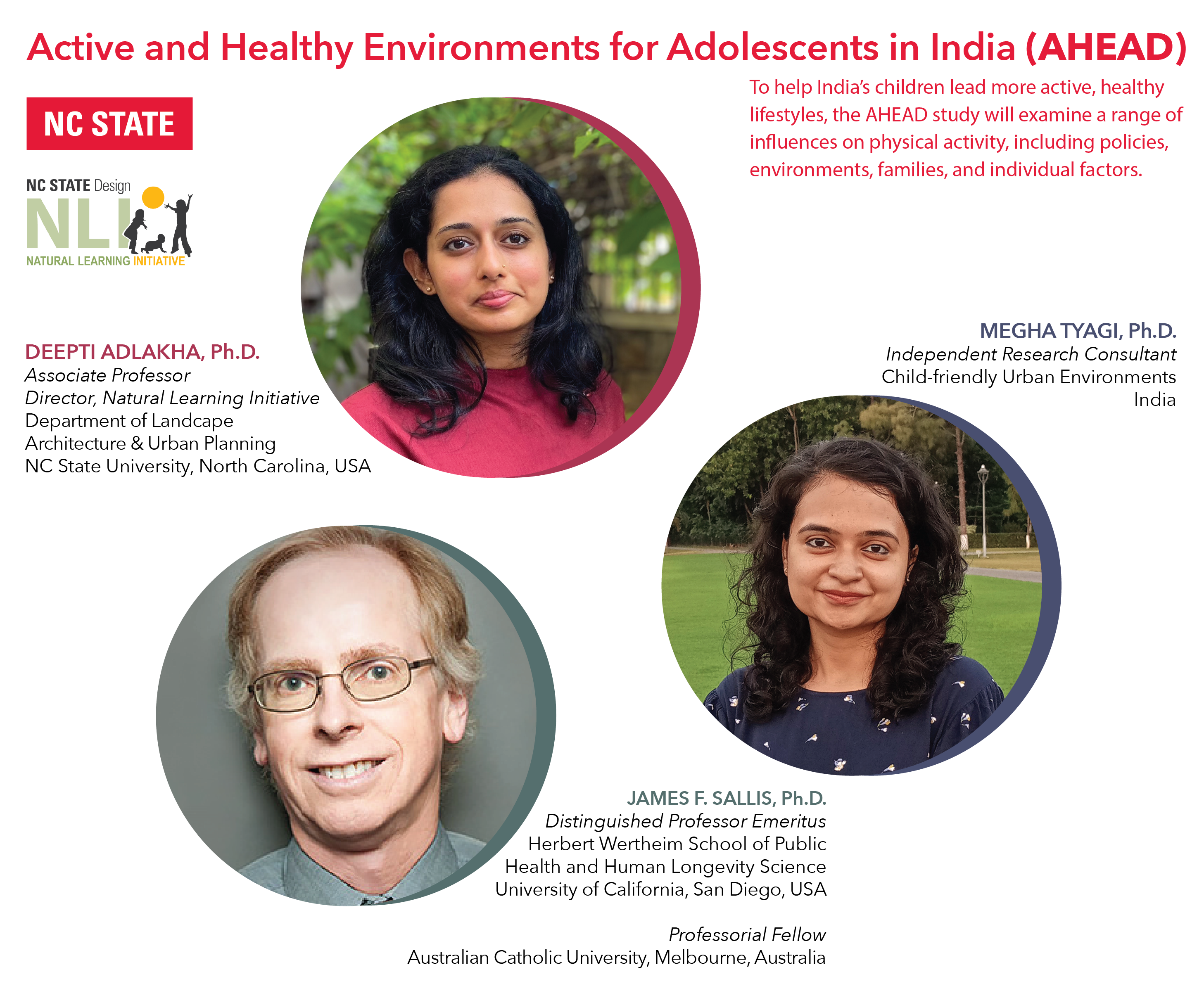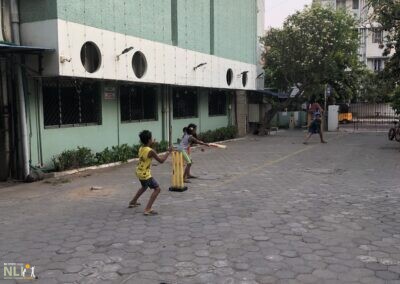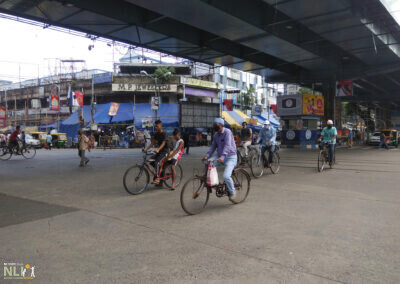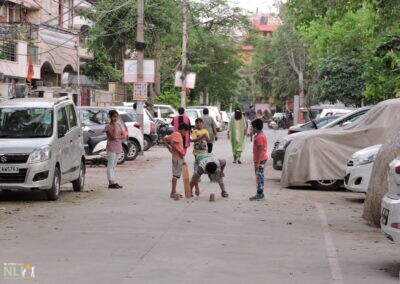Active and Healthy Environments for Adolescents (AHEAD)
Childhood obesity is one of the pressing public health challenges of the 21st century. In India, almost half of children and youth do not meet recommended physical activity and sedentary behavior guidelines. India’s 2018 Report Card on Physical Activity identified several gaps in evidence and the lack of nationally representative data on active living in children and youth. As India’s youth population is projected to be a major proportion of the global workforce, evaluating active living in India has implications for the world economy.
As an important component of play, physical activity is crucial for children’s health, wellbeing, and development. It contributes to healthy weight, organizational and social skills, promotes self-esteem and higher-grade achievement among adolescents. The World Health Organization recommends that children must be physically active for at least 60 minutes per day. This can be met with structured activities, including sports and school-based physical education classes, or an active lifestyle, including outdoor play and walking or biking for transportation.
Creating activity-friendly environments is a promising public health intervention strategy to promote healthy living. Research suggests that children benefit from the opportunity to play outdoors, where they can explore and enjoy natural environments. However, current urban planning and development models in India have overlooked how environments can support children. The lack of safe streets around schools in Indian cities denies children the benefits of active transportation and the freedom to get to school on their own. Poor quality sidewalks, hazardous crossings, inaccessible pedestrian bridges, lack of access to parks, playgrounds, and safe routes to and from them are major impediments to children’s physical activity.
The Active and Healthy Environments for Adolescents (AHEAD) study is exploring the relationship between the neighborhood environment and youth physical activity in urban India. Findings from the AHEAD study will guide urban design policy to improve the lives, health, and development of children and youth in India.






